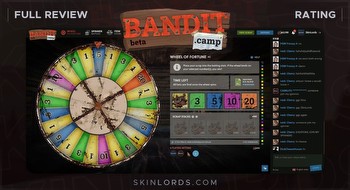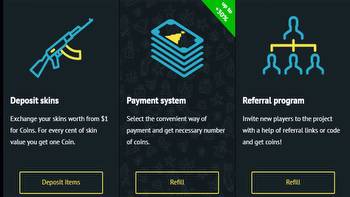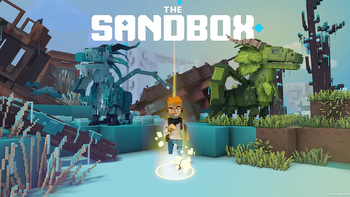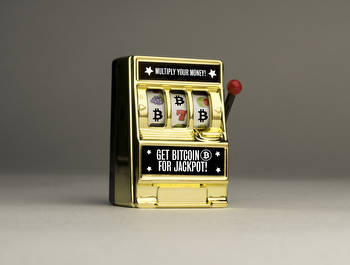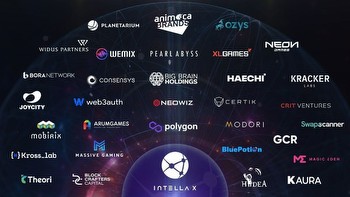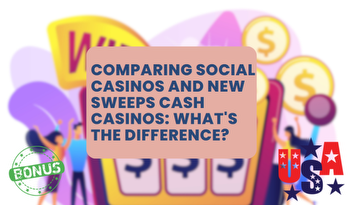Top 5 Game Currencies with Real Cash Value

The line between the virtual and real world is becoming increasingly blurred today. One fascinating area where this convergence is evident is in the realm of online gaming. But did you know that the thrill of leveling up or unlocking a rare item in a game can have tangible financial implications? Let’s dive into the captivating world of virtual currencies in gaming that holds genuine real-world value.
A new kind of gold rush seems to be happening in gaming now. No longer confined to the virtual realms, in-game currencies are making waves in the real-world economy.
“Minecraft,” a game renowned for its boundless creative potential, has fascinated millions worldwide. But did you know there’s a deeper layer to this game beyond constructing and surviving? Well, that’s true — several avant-garde servers are pushing the boundaries, offering players a chance to earn Bitcoin. By accomplishing specific in-game tasks or trading virtual items, players are rewarded with satoshis.
This integration not only exposes players to the universe of cryptocurrencies but also provides valuable insight into digital finance. Just think — while crafting your fantasy fortress, you’re simultaneously diving into the nuances of digital currency! And if you’re seeking a way to elevate your gaming experience, consider d8 gummies. Incorporating these can make your in-game moments more vibrant and immersive.
When “Fortnite” burst onto the scene, it wasn’t just its engaging gameplay that caught attention. The in-game currency, V-Bucks, became a phenomenon in its own right. While most players use V-Bucks for in-game purchases like snazzy dance moves and character skins, there’s a bustling underground economy. Spotting the demand, savvy players have ventured into trading or selling accounts brimming with V-Bucks. This digital currency, though intangible, has real-world implications, with some accounts fetching impressive prices.
Gold existed long before Bitcoin and V-Bucks in the “World of Warcraft” (WoW). As one of the pioneering MMORPGs, WoW established a robust in-game economy. Gold, earned through various means like monster loots, quests, and trades, holds significant value. Over the years, third-party platforms have emerged, allowing players to exchange gold for real money. It has led to fascinating phenomena, like professional gold farmers and discussions comparing WoW gold to real-world currencies.
“EVE Online” stands out for its complex, player-driven economy. At its core is PLEX, a versatile in-game currency. Beyond its standard uses, PLEX has become a commodity in its own right. Its fluctuating value, determined by player demand and supply, mirrors real-world stock markets. Some players have even delved into PLEX trading as a form of virtual stock trading, analyzing trends and making predictions. It’s a testament to how closely virtual and real economies can mirror each other.
“CS:GO” skins, though merely cosmetic, have created a vast and lucrative market. These skins, altering weapon appearances, have become status symbols within the community. Rare skins, especially those with unique patterns or stickers, can fetch astronomical prices. Platforms like Steam’s marketplace and third-party sites have facilitated a thriving trade environment. Moreover, these skins have also found their way into online betting sites, further intertwining the gaming and financial worlds.
As we navigate through 2023, the gaming industry continues to evolve at a breakneck pace, driven by technological advancements and changing player preferences. Let’s inspect some of the year’s most significant gaming trends.
- Augmented Reality (AR) Takes Center Stage: While VR had its moment, 2023 is all about AR. Games are now blending the real and virtual worlds seamlessly. Imagine playing a strategy game on your coffee table or chasing virtual creatures in your backyard. AR is not just enhancing gameplay but also making it more interactive and social.
- Play-to-earn Models: Many games are now adopting a play-to-earn model based on the trend of in-game currencies with real-world value. Players can earn rewards, which can be traded or sold in external marketplaces. This model offers a financial incentive to play and blurs the lines between gaming and working.
- Cloud Gaming’s Rise: The need for high-end gaming rigs diminishes as cloud gaming services gain traction. Players can stream high-quality games on ordinary devices, from tablets to smart TVs. This democratization ensures that top-tier gaming experiences are accessible to a broader audience.
- AI-Powered Personalization: Thanks to AI, games are becoming increasingly tailored to individual players. Gaming has never been so personalized, from dynamic storylines that adapt to player choices to AI-driven challenges that match a player’s skill level.
- Sustainable Gaming: With growing awareness of environmental issues, the gaming industry is taking steps towards sustainability. From eco-friendly game themes to developers focusing on reducing the carbon footprint of their operations, the industry is becoming more conscious of its impact.
The rise of in-game currencies showcases a trend where the lines between gaming and financial ecosystems blur. The virtual assets, once confined within the digital realms of their games, now hold tangible value, influencing economic decisions both in-game and in the real world. In the next years, gamers and investors alike will be keen to see how these virtual economies shape and are shaped by the broader financial world.








